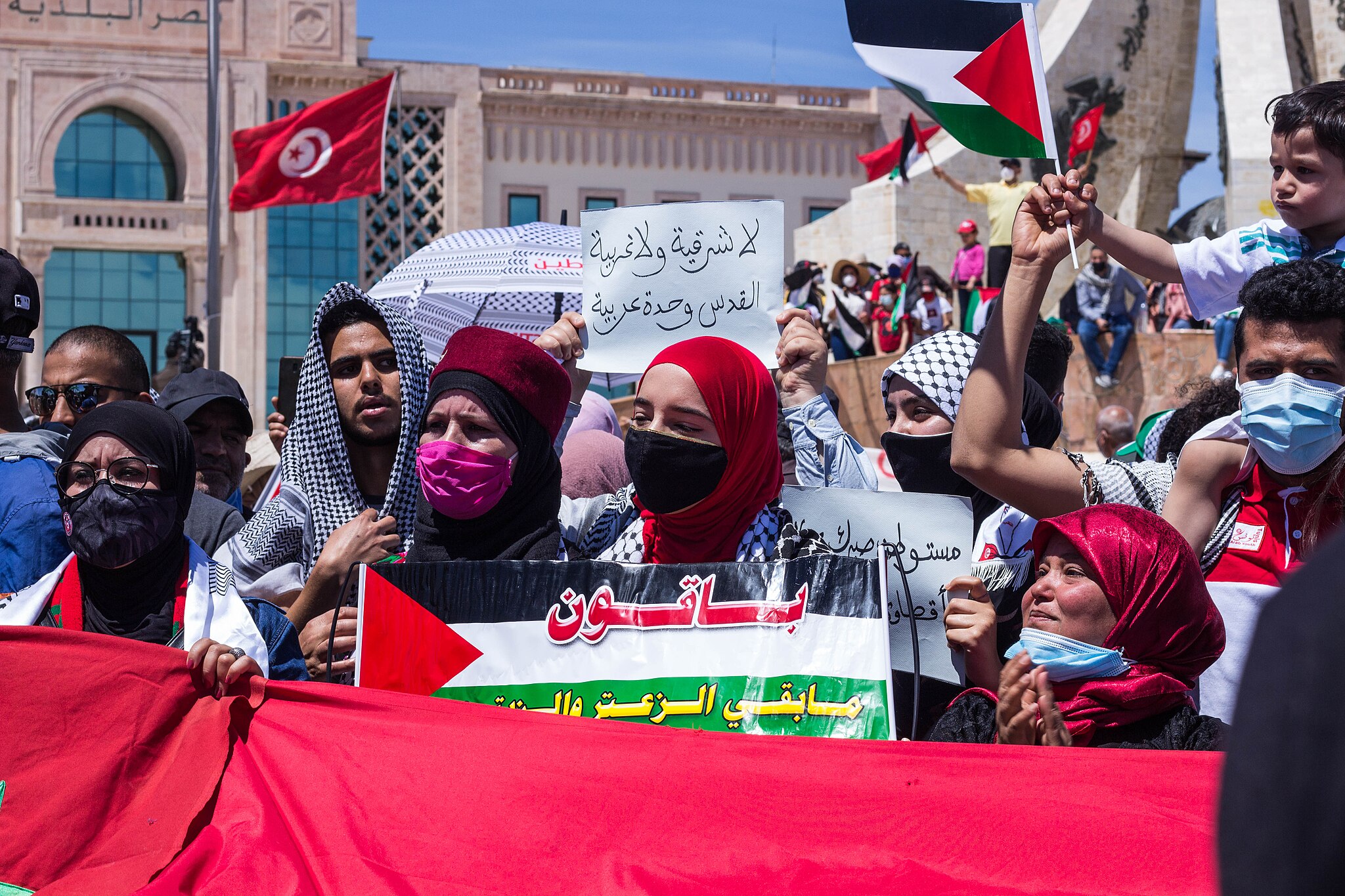Here is a synopsis of our Israel & Palestine Protests Narrative Intelligence brief.

This Israel & Palestine Protests narrative is driven by 206 sources in the U.S. Media module, amplifying 670 narrative items.
Today, our Narrative AI highlights escalating protests and activism surrounding the Israel-Hamas conflict. These narratives highlight student-led demonstrations, political interruptions, and calls for policy changes, illustrating a growing movement advocating for Palestinian rights and critiquing U.S. political responses to the crisis.
The ongoing Israel-Hamas conflict, which escalated significantly after the October 7, 2023, attacks by Hamas, has intensified global protests and discussions surrounding the Palestinian cause. Demographically, the conflict affects a diverse range of communities, particularly in the Middle East, where a significant Palestinian population resides. The humanitarian crisis in Gaza, exacerbated by military actions, has drawn international attention and sparked protests in various countries, including the United States and Denmark.
Socially, the protests reflect a growing movement among younger generations advocating for Palestinian rights, often intersecting with other social justice issues, such as climate change. The involvement of prominent activists like Greta Thunberg highlights the interconnectedness of these movements. Economically, the conflict has implications for international aid and economic stability in the region, with many countries reassessing their foreign aid policies in light of the humanitarian situation.
Politically, the protests challenge established narratives and policies regarding Israel and Palestine, particularly within the U.S. political landscape, where figures like Kamala Harris face scrutiny from constituents demanding a reevaluation of U.S. support for Israel. The protests at events like the Democratic National Convention indicate a significant shift in public sentiment, particularly among younger voters.
Geographically, the protests are not confined to the Middle East; they have spread to urban centers worldwide, reflecting a global solidarity movement. National security considerations are also at play, as governments grapple with the implications of domestic unrest and the potential for increased polarization over foreign policy issues. The situation remains fluid, with ongoing debates about the balance between free speech and the regulation of protests on campuses and in public spaces.
Our Kudzu Narrative Intelligence brief auto-updates every few hours with fresh analysis:
Note: Kudzu Narrative Intelligence briefs update every few hours. Very likely, the Narrative Analysis above will have changed as well.
Image Credit for Article Header: Bra, CC BY-SA 4.0, via Wikimedia Commons